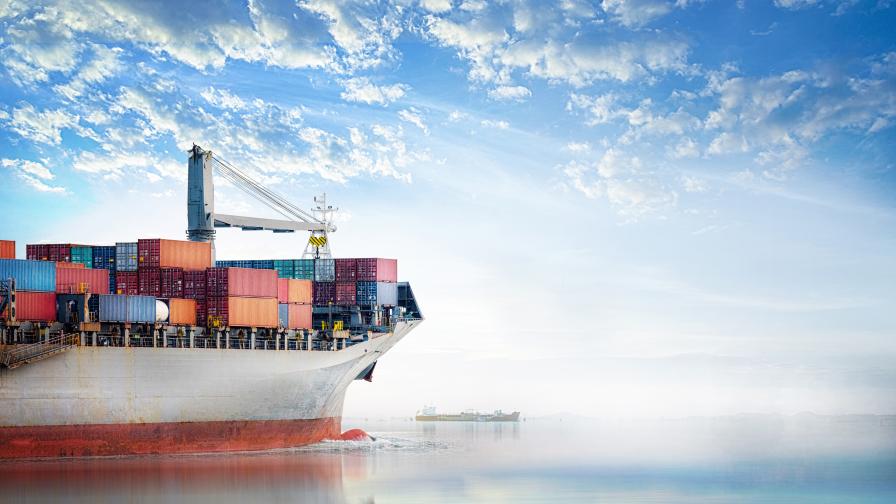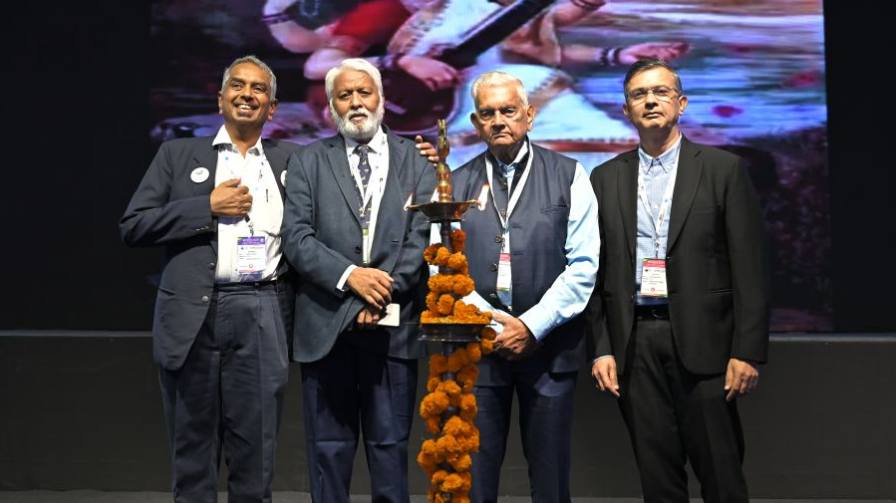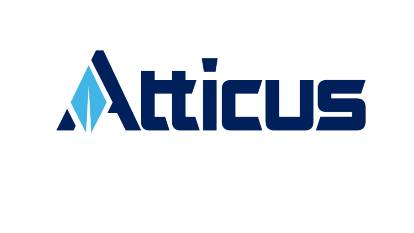Bayer, Del Monte Chemicals On Capsized Ship
A shipment of agrochemical products from Bayer CropScience, including Antracol WP70, Tamaron 600SL, Trap 70WP, and Fuerza GR3, were on the MV Princess of the Stars, which capsized off the Philippine coast during Typhoon Fengshen on June 21, 2008. The company said these chemicals were highly biodegradable and posed a very negligible effect on the marine environment. According to Bayer CropScience Technical Consultant Tess Cayton, “The products easily disperse in the sea. They disintegrate biologically when hit by sunlight.” Cayton explained that the products immediately degrade in the presence of water, and added that “All our products are contained in high-quality packaging, as mandated by the United Nations Food and Agriculture Code of Conduct.” She expressed confidence that the integrity of the packaging would prevent or minimize possible leakages.
Bayer CropScience, which had 35 cartons of Antracol, 15 cartons of Tamaron, five cartons of Trap, and 30 bags of Fuerza on the ship, was unaware that the products were on the ill-fated ship until informed by its forwarder, according to Cayton.
Del Monte Phillipines, which contracted CEVA Philippines to process the transshipment permit of cargo containing 400 boxes of endosulfan, has had a civil suit filed against it by shipping company Sulpico Lines for allegedly failing to declare its cargo on the MV Princess of the Stars as “dangerous.” However, representatives of CEVA Philippines said they had actually informed Sulpicio Lines about the nature of the chemical. CEVA Philippines country manager Dante Macaisa told the Board of Marine Inquiry at the Philippine Coast Guard that they had submitted 10 documents to Sulpicio Lines regarding the shipment, and “all documents, including the international bill of lading and the material safety sheet … clearly state endosulfan is toxic and a marine pollutant.” He added: “In line with international shipping standards, the 400 boxes of endosulfan were packed in a 40-footer container with proper codes and prominent markings, including skull and crossbones signs, on four sides showing the toxic nature of the cargo and that it is a marine pollutant.”
Macaisa told the Board: “After Sulpicio’s representative checked the local proforma bill of lading, (he) stated that the other documents were not necessary and gave them back to us.” However, Victoria Florido, lawyer for Sulpicio Lines, maintained that there was no acknowledgment receipt to prove that CEVA had indeed submitted the documents.






